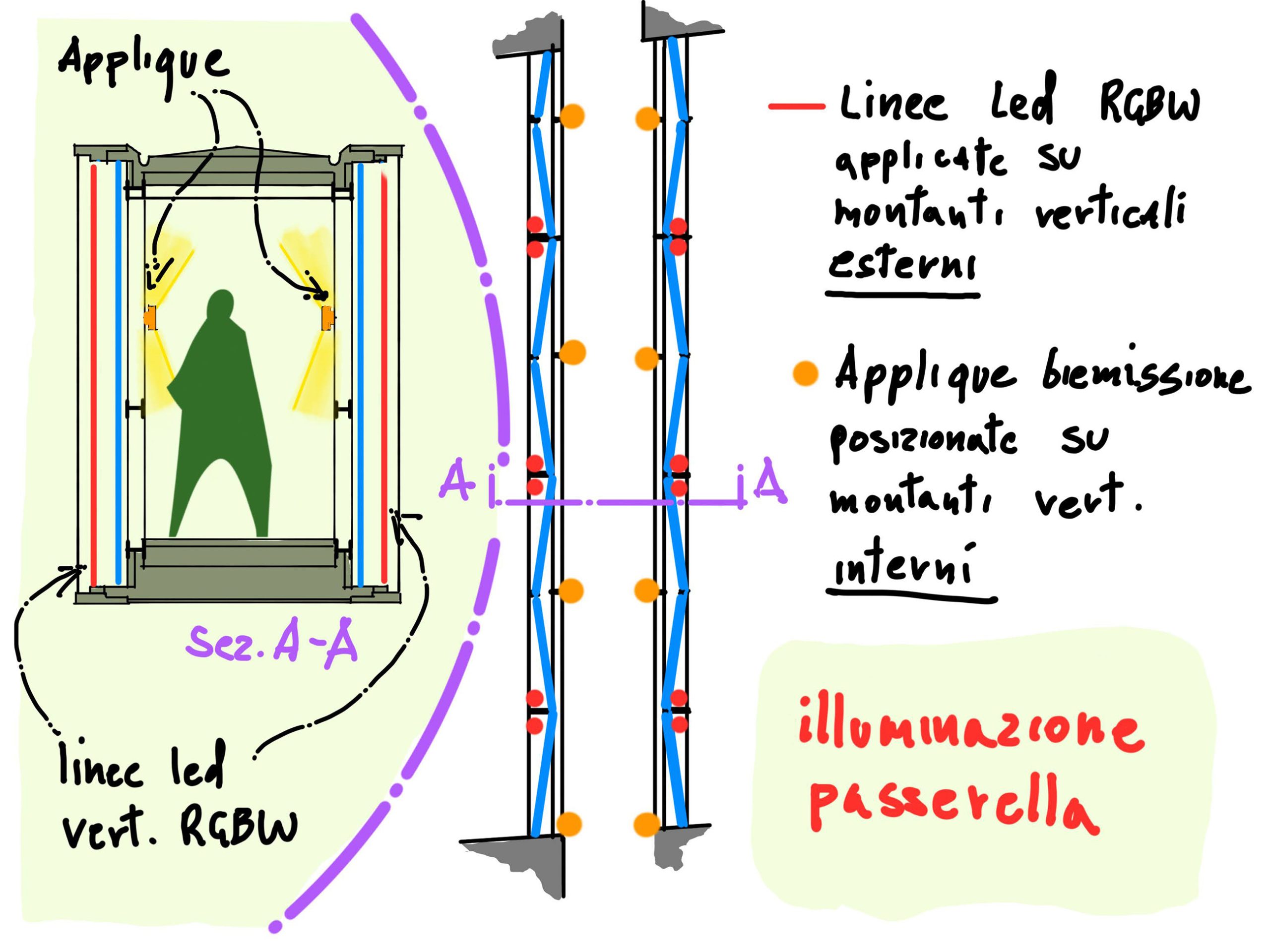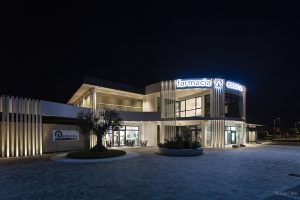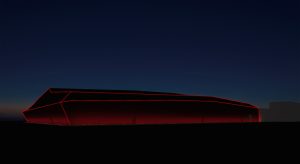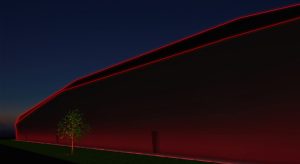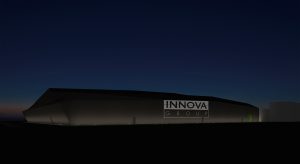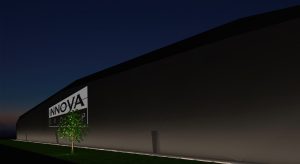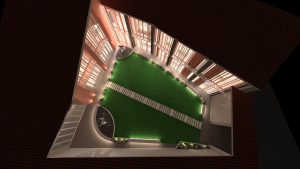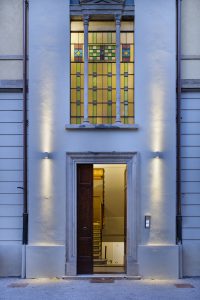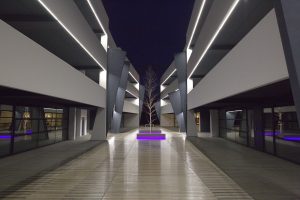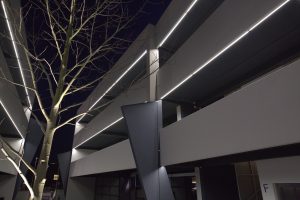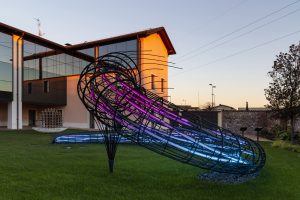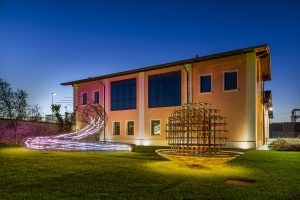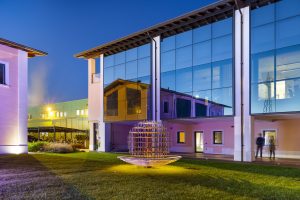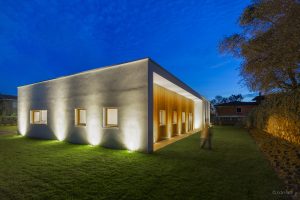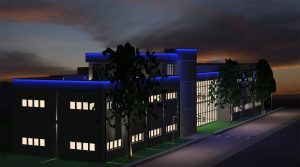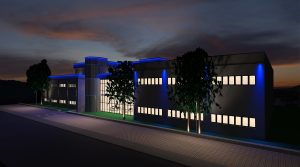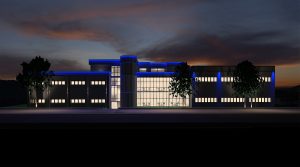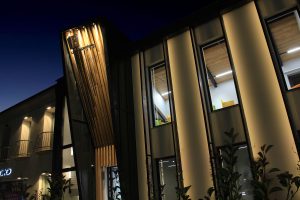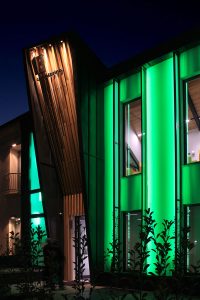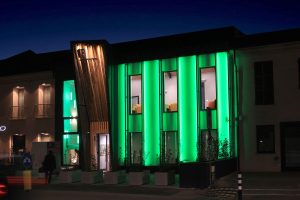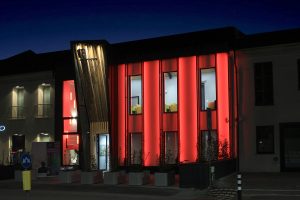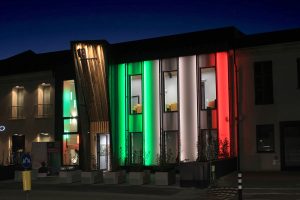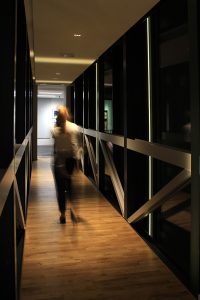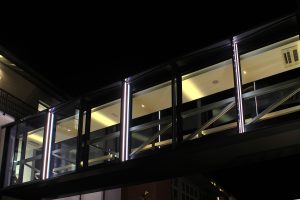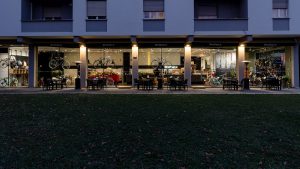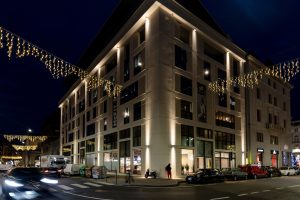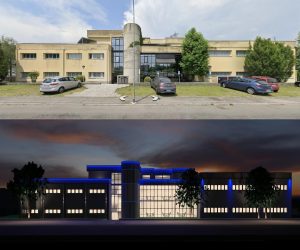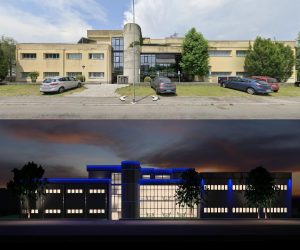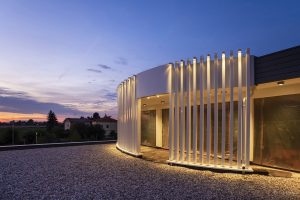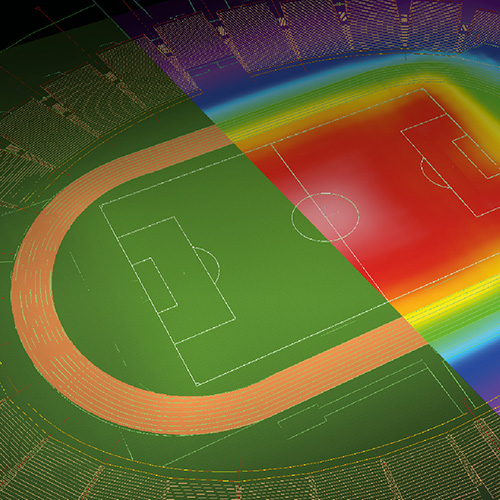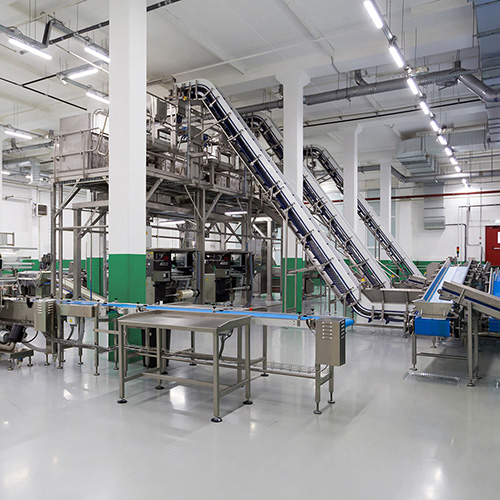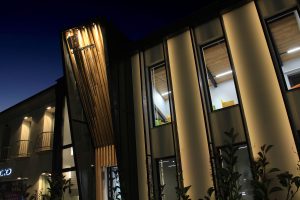
Light for facades and open spaces
The study of light in façades and outdoor spaces is one of our most congenial topics. Since light is the decisive element in the perception of depth and appeal of outdoor spaces, light design cannot but be used as a decisive factor in the way an open space is perceived.

When we speak of light, we are referring to an area where aesthetics, function and relationship to the environment combine harmoniously. In this sense, light becomes a means not only to prolong human life and activities at night, but also to allow space to be interpreted with a new and unthinkable look compared to how it is perceived during daylight hours.
Light in outdoor environments must promote visibility, orientation and identification, but it must also be capable of conveying emotion, fascination and appreciation of architecture and nature. The areas where light can play a decisive role according to these assumptions are many: building facades, monuments, gardens, parks, terraces are just a few examples…
Preliminary study

Virtual simulation

Lighting calculation

Final result
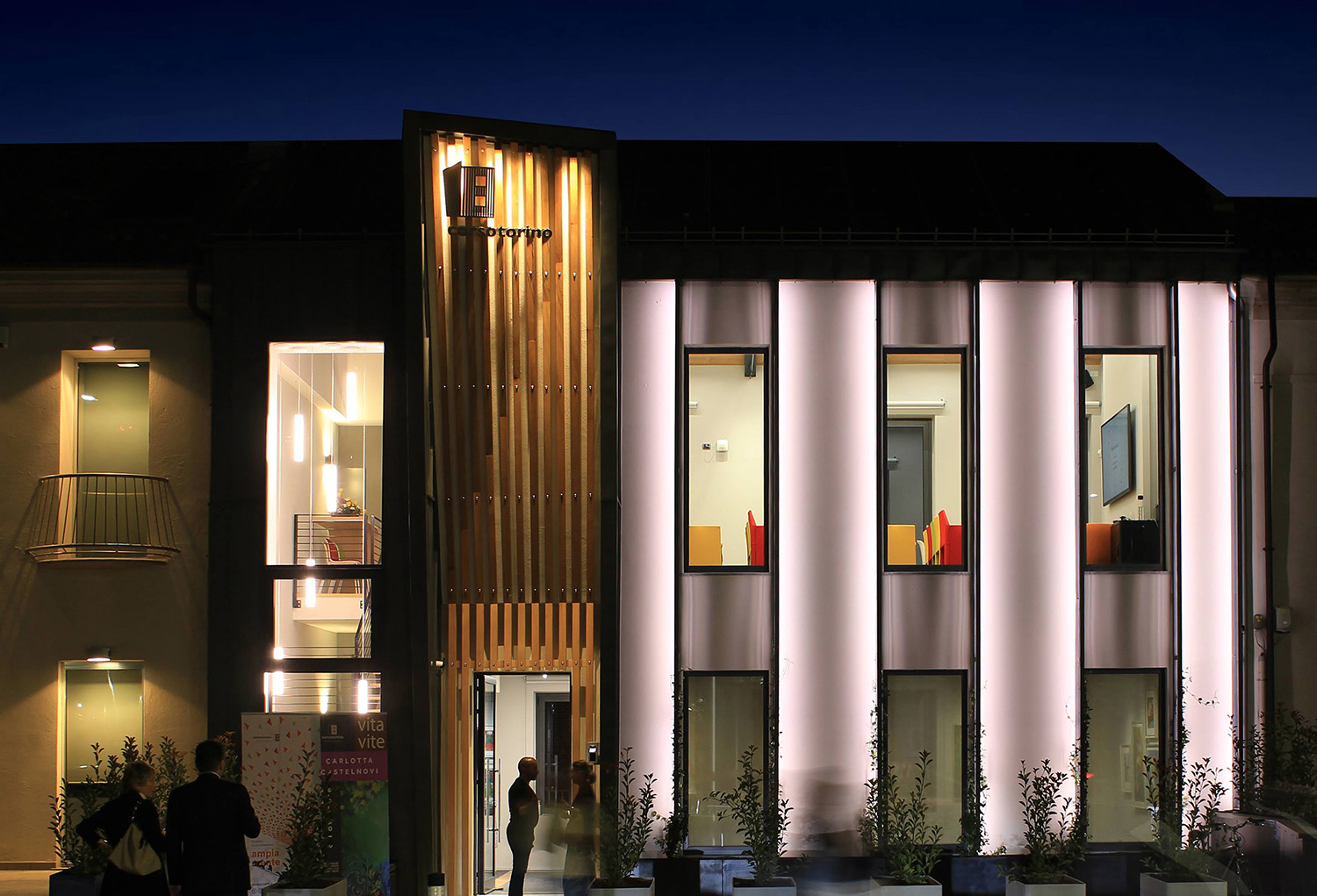
Our projects
